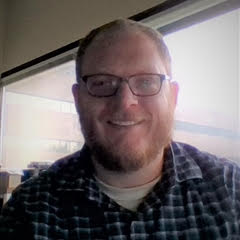Neal Solmeyer, Honeywell
Nielsen Physics Bldg., Room 307
Monday, February 24
Talk: 11 – 12
Pizza: 12 – 1
This talk will give an overview of the efforts of the ongoing efforts in inertial and electromagnetic sensing as well as precise timing taking place at Honeywell. Our group utilizes photonic integrated circuits, micro-optics, and atomic physics to advance the state of sensing technology and miniaturization of atomic systems. Projects include next generation optical gyroscopes, space-based optical frequency combs, time transfer using entangled photons, atomic accelerometers, RF detection with Rydberg atoms, and miniature atomic clocks. The atomic clock projects have included a chip-scale atomic clock, a miniature ultra-cold rubidium atomic clock with enhanced environmental stability, and a miniature optical lattice clock.

Neal Solmeyer received his Ph.D from Penn State University where he used ultra-cold atoms in optical lattices to perform a precision measurement of the electric dipole moment of the electron. From there he was a post-doc and then permanent staff at the Army Research Lab in Adelphi MD. At the Army Research Lab his research focused on using Rydberg excitations in cold atoms for quantum memory and quantum communication. After the Army Research lab he worked at the MITRE corporation in McLean VA where he consulted for the government on matters related to sensing and quantum technology. From there he moved to Honeywell in Plymouth, MN, where he works primarily on miniature atomic clocks. Neal has 12 peer reviewed publications and has submitted 7 patent applications.